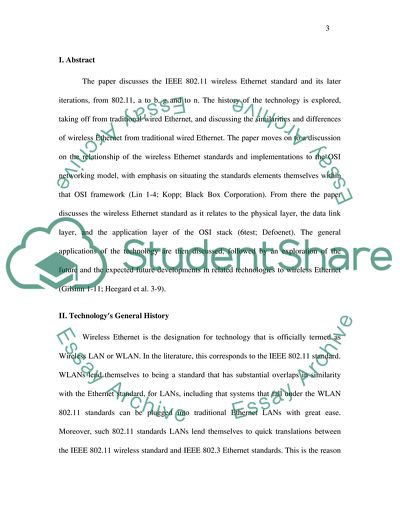Cite this document
(Wireless Ethernet Term Paper Example | Topics and Well Written Essays - 2000 words, n.d.)
Wireless Ethernet Term Paper Example | Topics and Well Written Essays - 2000 words. Retrieved from https://studentshare.org/information-technology/1788529-wireless-ethernet
Wireless Ethernet Term Paper Example | Topics and Well Written Essays - 2000 words. Retrieved from https://studentshare.org/information-technology/1788529-wireless-ethernet
(Wireless Ethernet Term Paper Example | Topics and Well Written Essays - 2000 Words)
Wireless Ethernet Term Paper Example | Topics and Well Written Essays - 2000 Words. https://studentshare.org/information-technology/1788529-wireless-ethernet.
Wireless Ethernet Term Paper Example | Topics and Well Written Essays - 2000 Words. https://studentshare.org/information-technology/1788529-wireless-ethernet.
“Wireless Ethernet Term Paper Example | Topics and Well Written Essays - 2000 Words”, n.d. https://studentshare.org/information-technology/1788529-wireless-ethernet.


